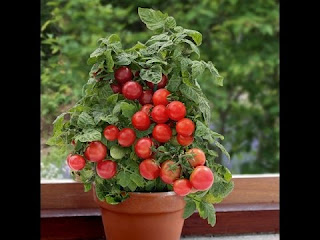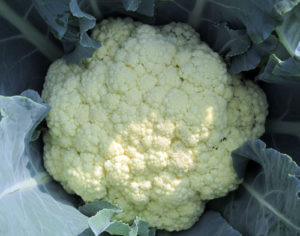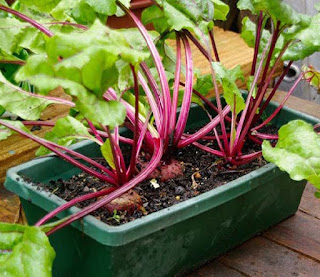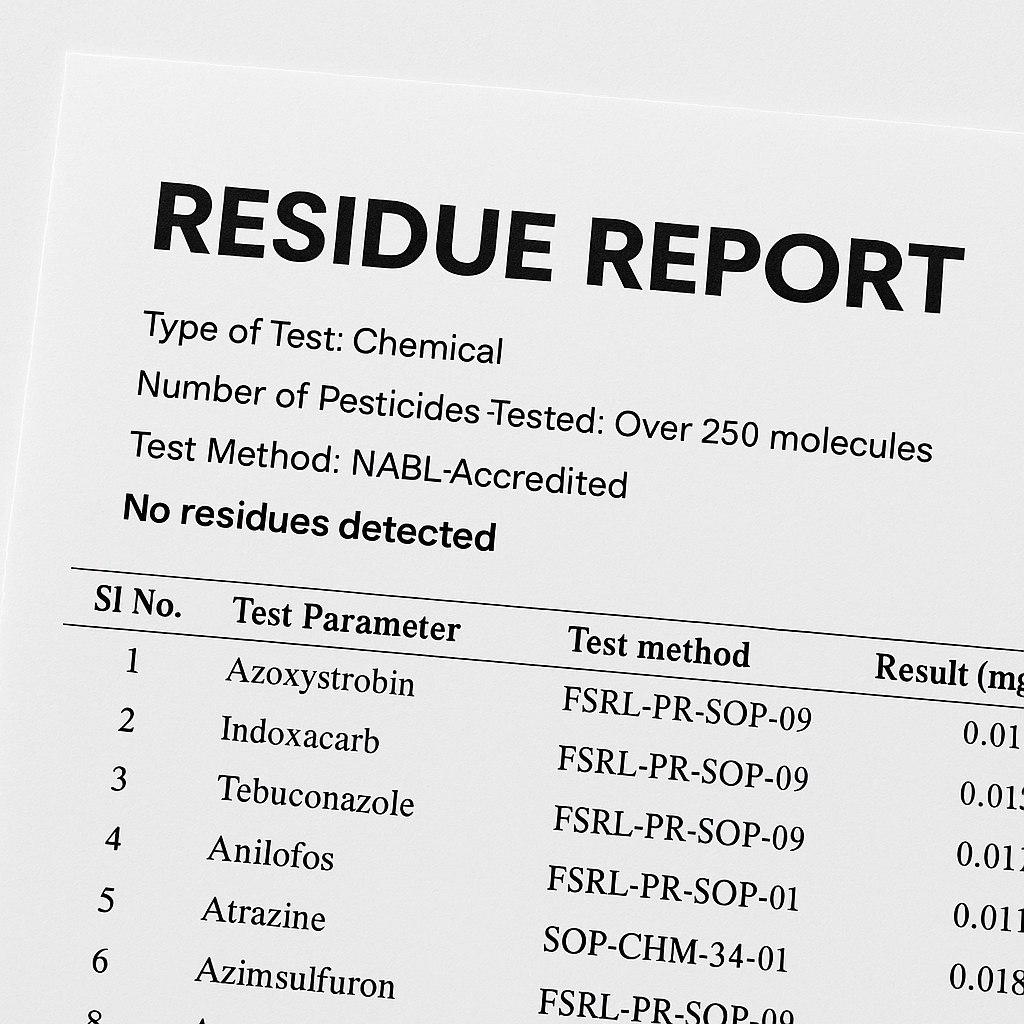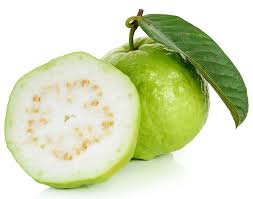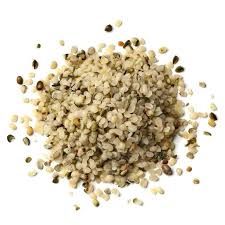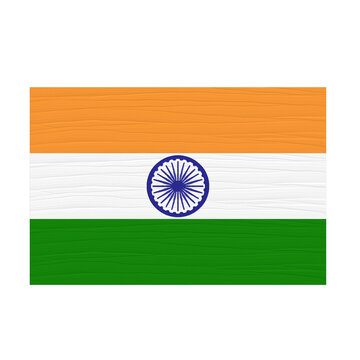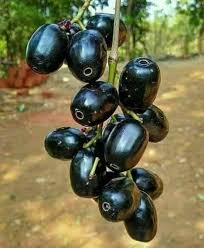
8 Best Vegetables to Grow in India During Rainy Season
Posted By Healthy Buddha on Tuesday 16th March 2021
With the monsoons showing no signs of relenting, you wonder which vegetables can grow well in such weather. Of course, you can’t think about gardening in the backyard, but this is the perfect season to put your green thumb to use on the terrace or in some indoor space like your kitchen.
It’s the right choice of vegetables that give you a healthy crop later on. Otherwise high temperatures and excess humidity alike can create havoc on the wrong plants.
Some plants are adaptive, and grow best in the rainy season. So read on to find out which they are so that you can try them out in your home garden.
1. Cucumber
Cucumbers are relatively easy to grow in the right soil and with sufficient moisture and sunlight. Plant them in a spot where they receive maximum sunlight if any. They even thrive well in grow bags with fertile and moist soil to give you a good batch of cucumbers.
2. Bhindi or Okra or ladyfinger
Bhindi is a common vegetable in most Indian homemaker’s homes. It grows well in the monsoon when planted in their grow bags. It’s a fast-growing plant that quickly produces large flowers and plants reaching 2-6 feet tall. There are various varieties with colourful stems and burgundy leaves which make excellent garden borders.
3. Tomatoes
This is another popular garden vegetable crop available in various sizes, shapes, and colours. Yes, this means that even cherry tomatoes grow well in monsoons.First germinate the seeds by sprinkling a few in a cup with vermicompost and red soil. Leave in a shady space and you’ll see sprouts in a few days time.
Transplant them to a 12” wide pot when they are a few inches tall. Plant only one seedling in a pot for maximum yield. Make sure the soil is moist all the time and once they grow, stake them with wooden sticks to prevent them from bending with the weight of the fruits.
4. Carrots
Carrots are versatile crops which can be grown through the year in a wide variety of soils. However, the best soil is deep and loose soil that’s rich in humus. Sowing carrot seeds regularly gives you a year-round crop.
However, earthing up should be done 60-70 days after sowing for root development and to prevent the loss of colour of tops. There are so many varieties available you can decide, based on your garden size, if you want to grow them in beds, containers or window boxes.
5. Cauliflower
Cauliflower is another vegetable that grows well in monsoon weather. It’s available in three varieties which are the early, main and late-season varieties. It is the early and main season varieties that are sown from May to August and September to October, and are ideal for the rainy season.
While moisture-holding soil is better for late season and summer, soils that rapidly dry are a better option for rainy season cultivation. Cauliflowers are generally ready for harvesting 90-120 days after planting.
6. Radish
Radish is best planted somewhere sunny because it ends up producing larger leaves if planted in too much shade. Use soil that’s rich in organic matter, but not compact soil. You can add some aged compost or all-purpose fertilizer in soil without orgnic matter.
Radish sprouts from the seed to a small plant in just 3 days and harvests within three weeks of planting. It’s better to pull one out to test before harvesting the others.
7. Beans
Beans are a favourite crop for home vegetable gardens because they are easy to grow and come in various plant sizes. They grow well in cold climates, making it feasible to grow in monsoon.
Once sown in monsoon, they start flowering in November to December and are ready for harvesting in January to February. Though they grow in a wide variety of soils, they grow best in loamy and clay loam soils.
8. Beetroot
Beetroot is easy for even beginner vegetable gardeners. It’s better to grow beetroot in a relatively big pot with a drainage hole with organic soil. Place the pot someplace with sunlight
It’s enough to water it once in 5-6 days because it anyway receives rainwater. Just make sure there’s not too much water because it can damage the plant. Beetroot seedlings generally appear after 15 days and are ready for harvest about 2 months from sowing the seeds. This is when they are tender and as big as a golf ball.
These plants will give a much better crop if you buy and use good quality seeds from a trusted supplier like HealthyBuddha.in. It even helps if you don’t use just any soil for the plants, but use nutrient soil with organic fertilizers and a potting mix.
HealthyBuddha.in home delivers organic seeds, farm inputs for growing vegetables in your balcony or terrace. In addition, they also home deliver fresh organic fruits and vegetables in Bangalore and North Goa.
Looking for the best organic store in Bangalore to buy fresh fruits and vegetables? Healthy Buddha is your right choice!
We source our organic produce directly from farmers around the state and deliver it to your doorstep. Don't believe us? Check out the inspiring stories of our farmers who help us bring you the best quality organic fruits and vegetables online in Bangalore.

Tags: gardening, rainy season, grow, guide


